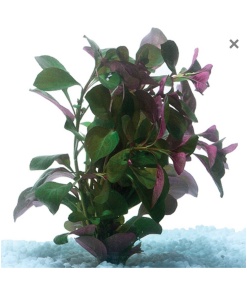Ludwigia Super Red
$9.90
or 6 weekly interest-free payments from $1.65 with
4 in stock
Ludwigia Super Red | ludwigia palustris
Portion Size
You will receive 5-6 emersed stems that’s at least 10cm in length.
Description
Like many other stem plants you cut the top half of this Ludwigia’s main stem and plant it to propagate.
Quick Stats
- Scientific Name: Ludwigia Palustris
- Care Level: Easy
- Growth Rate: Medium
- Tank Placement: Midground/Background, will grow to the top of your tank
- Lighting Requirement: Will thrive in medium to bright light
- Ideal Temperature: 15°C- 28 °C
- pH: 5-7
- CO2: No
- Substrate: Yes
The Super Red Ludwigia Sp. scientifically known as Ludwigia sp. ‘Super Red,’ is a highly sought-after plant among aquarists due to its striking appearance. With its vibrant red foliage and compact growth pattern, it creates a captivating contrast against green plants and other aquarium elements. Its unique appearance makes it an excellent choice for creating focal points or adding visual interest to both large and small aquariums.
Propagating the Super Red Ludwigia is relatively straightforward. It can be achieved through stem cuttings, where healthy, well-established stems are trimmed and replanted into the substrate. The trimmed stems can also be used to create new plants by allowing them to float until they develop roots. Regular pruning is essential to maintain the plant’s compact growth and prevent excessive shading of surrounding plants.
Proper nutrition is vital for the health and coloration of the Super Red Ludwigia Sp. Mini. A nutrient-rich substrate or regular supplementation with root tabs will provide essential nutrients, while liquid fertilizers can help fulfill its additional nutrient requirements. Regular water changes and the removal of decaying leaves will help prevent algae growth and maintain water quality.
Aquascape Design Ideas
The Super Red Ludwigiacan be used in various aquascape designs to create visually stunning displays. It can be planted in the foreground or mid-ground of an aquarium to add depth and contrast. When combined with green or lighter-colored plants, such as carpeting plants or mosses, it produces a breathtaking visual effect. It also serves as an excellent background plant in smaller tanks, providing a burst of vibrant color. By experimenting with different placement options, aquarists can achieve unique and captivating aquascapes.

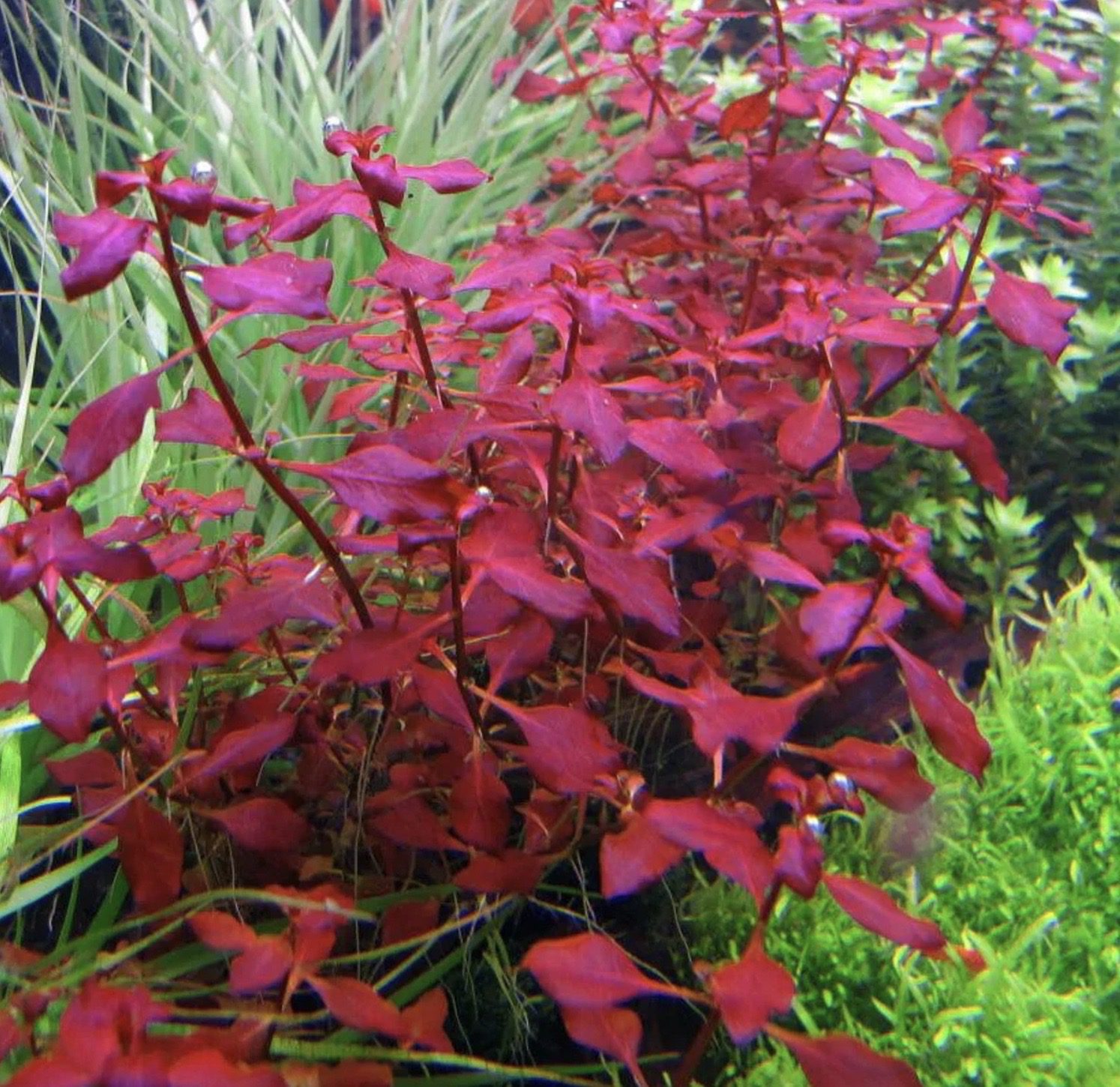

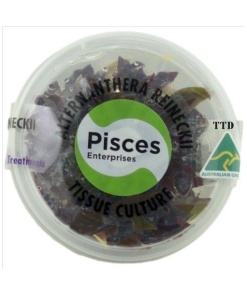

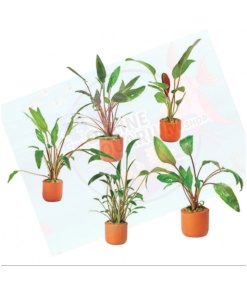

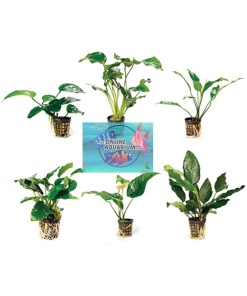
-247x296.jpg)
